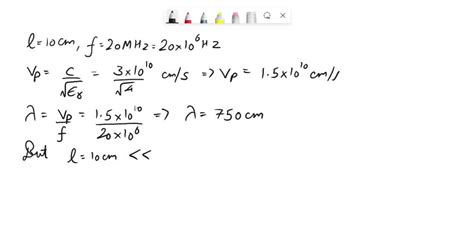
What is the relative permittivity of FR4?
What is Relative Permittivity? Relative permittivity (εᵣ) is a dimensionless quantity that describes the ability of a material to store electrical energy in an electric[…]
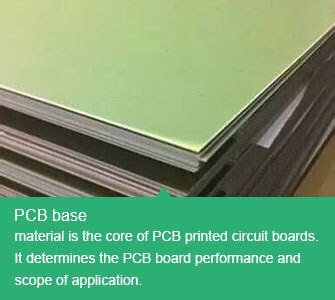
What is FR1 and FR4?
Introduction to PCB Materials Printed Circuit Boards (PCBs) are essential components in modern electronics. They provide a platform for mounting and interconnecting electronic components to[…]

What is FR in PCB?
Why Flame Retardancy is Essential in PCBs PCBs are found in almost all electronic devices, from smartphones and laptops to industrial control systems and medical[…]

What is the base material of PCB board?
Types of PCB base materials There are several types of PCB base materials, each with its own unique properties and characteristics. The most common PCB[…]
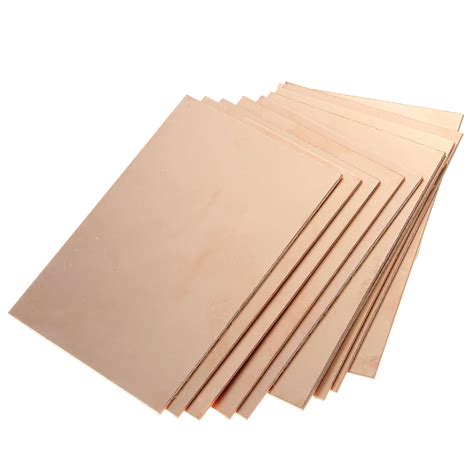
What are common PCB laminates usually made of?
Types of PCB laminates PCB laminates can be broadly categorized into two main types: organic and inorganic. Organic laminates are the most widely used due[…]
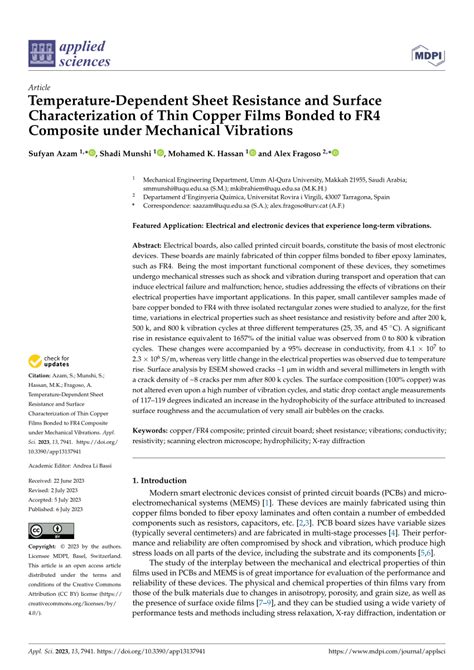
What is the composition of FR4?
Key Components of FR4 FR4 is composed of two main components: a glass fabric substrate and an epoxy resin binder. The combination of these materials[…]
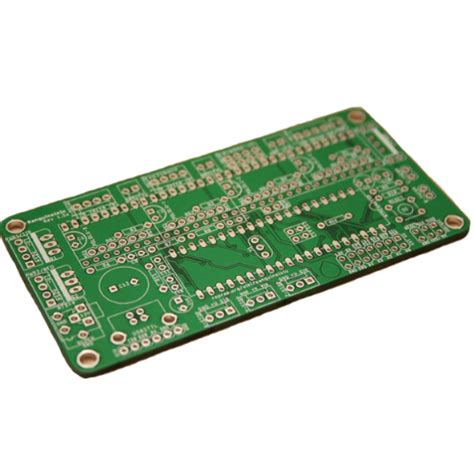
What is the base material of PCB is FR4?
Introduction to FR4 PCB FR4 PCB is a type of printed circuit board (PCB) that uses FR4 as its base material. FR4 is a composite[…]
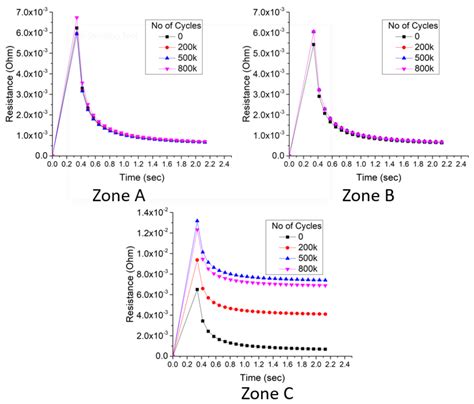
What is FR4 made out of?
Introduction to FR4 composition FR4 is a widely used material in the electronics industry, particularly in the manufacturing of printed circuit boards (PCBs). It is[…]
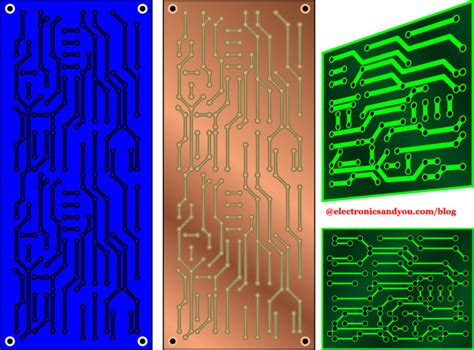
What is the meaning of FR4?
Properties of FR4 PCB Material Mechanical Properties FR4 has several mechanical properties that make it suitable for use in PCBs: High strength and stiffness Good[…]
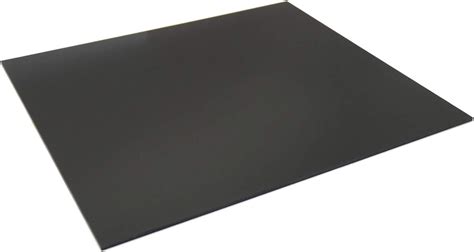
Is FR4 an epoxy?
What is FR4? FR4 is a composite material that consists of a fiberglass fabric reinforced with an epoxy resin. The name “FR4” is derived from[…]